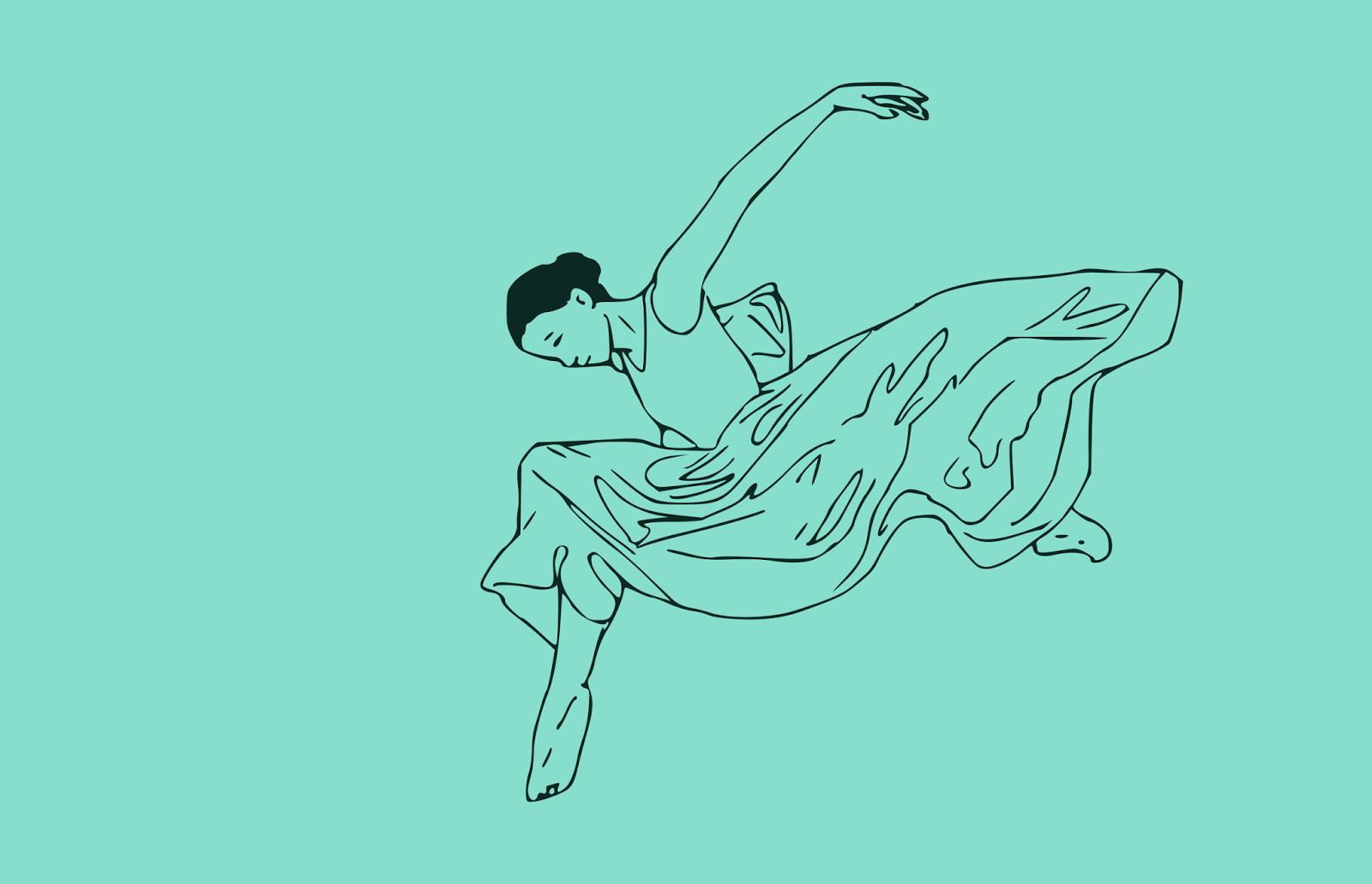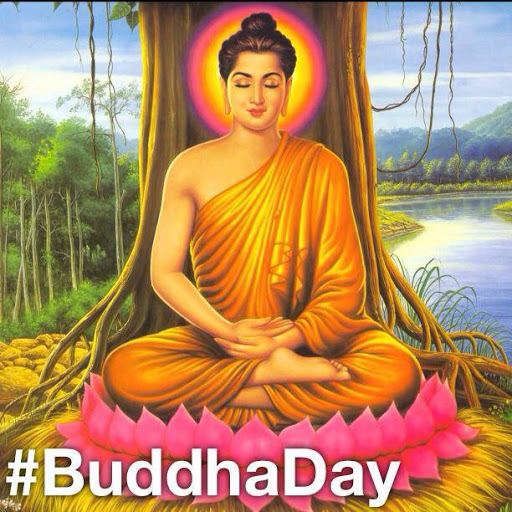


Once a very old king went to see an old hermit who lived in a bird’s nest in the top of a tree, “What is the most important Buddhist teaching?”



Mar 29, 2011 · Author’s Note: I wrote the following blog post after my mom passed away in 2009. It continues to be one of the more frequently visited articles on my personal blog, and one that I thought deserved a broader audience here on 8Asians. You can read the original post here. I’m writing this partly to
Kannon, God or Goddess of Mercy, Sanskrit = Avalokitesvara, Chinese = Guanyin, Buddhism in Japan, Buddhist Art.
May 06, 2015 · An interfaith couple recently asked me to create a ceremony that blends in, and celebrates, the bride’s Buddhist family tradition with readings and ritua

We asked ten actors, filmmakers, and writers to each tell us their favorite movie that has a Buddhist message.

Japanese River Imp (aka Kappa, Kawataro, Kawako, Kawaranbe) – Creatures and Monsters in Japanese Folklore. Digital Dictionary of Japanese Buddhism & Shintoism.
John Pappas is a struggling Zen practitioner with a slight Vajrayana palate (but he won’t admit it) stumbling between the relative and absolute through the Buddhist Purgatory otherwise known as the Great Plains of South Dakota.
Guanyin or Guan Yin (/ ˌ ɡ w ɑː n ˈ j ɪ n /) is an East Asian bodhisattva associated with compassion and venerated by Mahayana Buddhists and followers of Chinese folk religions, also known as the “Goddess of Mercy” in English.

The history of Asian art or Eastern art, includes a vast range of influences from various cultures and religions.Developments in Asian art historically parallel those in Western art, in general a few centuries earlier.
Later other elements are added. Fire itself comes to be seen as emanating from air (vâyu, ), which is later seen to emanate from “aether” (âkâsha, , or kha, ).These are similar enough to the Greek elements, and their introduction occurs late enough, that Greek influence cannot be discounted.